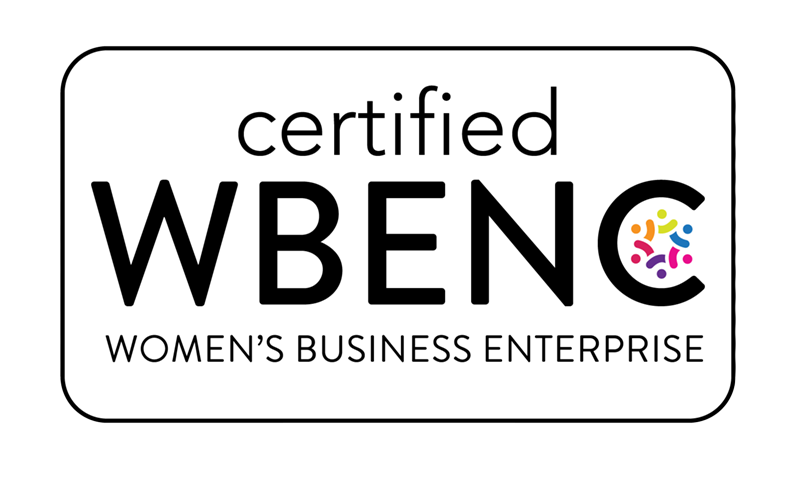Tariff Engineering:
Strategies to Minimize Import Duties Legally-Part 13
Audio Conversation:
Full Blog Article:
As small and midsize businesses (SMBs) continue to expand their reach into global markets, import duties can significantly impact their profit margins. U.S. importers face complex tariff structures and high duties, making it essential to find lawful ways to minimize these costs. One strategy that has proven effective is tariff engineering, a practice that allows companies to strategically modify their products, manufacturing processes, or supply chains to reduce import duties.
This article will dive into tariff engineering, providing practical insights into how businesses can legally minimize duties, ensure compliance, and enhance their competitiveness in the international market.
What is Tariff Engineering?
Tariff engineering refers to the process of designing, manufacturing, or altering a product in a way that legally reduces the applicable tariff. In global trade, goods are classified based on the Harmonized System (HS) Code, which determines the duty rate applied to imports. By engineering the product’s characteristics, such as its composition or assembly method, companies can often qualify their products for a more favorable HS classification, thereby reducing or eliminating certain duties. It’s important to note that all modifications must comply with international trade regulations and should not be deceptive.
This method is widely recognized and accepted by the U.S. Customs and Border Protection (CBP), as long as it is done transparently and within the framework of U.S. tariff regulations.
Legal Foundation for Tariff Engineering
The concept of tariff engineering has been upheld by various legal rulings, most notably in United States v. Citroen (1908), which established the principle that importers could modify their products to obtain more favorable duty rates. The ruling asserted that, as long as the final product complies with all relevant customs regulations and is honestly represented at the time of import, tariff engineering is a legitimate practice.
Under this legal precedent, importers are free to manipulate the composition or structure of their products as long as they are not committing fraud or misrepresenting the goods to customs authorities. This allows for strategic planning to reduce tariff exposure, but it requires a deep understanding of both the product’s physical attributes and the applicable tariff schedules.
Key Tariff Engineering Strategies
1. Changing Product Composition: One of the simplest methods of tariff engineering is altering the materials or components used in a product to reduce duties. For example, certain materials or chemicals may carry higher duties than others. By swapping out a high-tariff material for a more favorable alternative, businesses can reclassify the product under a different HS code with lower duty rates.
A common example can be found in textile imports. If a garment is composed of certain synthetic fibers, it might be subject to a higher duty rate than a garment made of natural fibers. By engineering the composition to contain a lower percentage of the synthetic material, businesses may qualify for a lower tariff.
2. Pre-Assembly and Post-Assembly Adjustments: Another effective strategy involves where and how products are assembled. Importers can ship goods as individual components rather than a fully assembled product, which may qualify for lower tariffs. Once the components enter the U.S., they can be assembled in a bonded warehouse or foreign trade zone (FTZ) before being sold domestically.
For instance, auto parts may carry lower duties when imported as separate components versus as a fully assembled vehicle. Importers can leverage this by shipping parts separately and assembling them in the U.S. under the appropriate customs procedures. However, businesses must ensure that these processes meet all CBP regulations regarding accurate declarations.
3. Using Trade Agreements and Special Programs: Trade agreements like the United States-Mexico-Canada Agreement (USMCA) or the African Growth and Opportunity Act (AGOA) offer favorable duty rates or even exemptions for qualifying goods. By adjusting supply chains and ensuring compliance with the rules of origin, companies can benefit from lower tariffs on imports. A future article will cover USMCA in detail, but importers should be aware of how these agreements work in conjunction with tariff engineering. A product that undergoes minimal transformation in the country of origin may still qualify for duty-free treatment if the transformation meets the criteria set by the relevant free trade agreement.
4. Reclassifying Finished Goods as Parts: A subtle but effective tactic is importing a finished product as “parts” rather than the complete item. In many cases, parts or accessories carry lower tariff rates than the fully assembled goods they form. For example, importing parts for electronic devices, rather than the devices themselves, might result in significant duty savings. However, this method must be applied carefully to ensure compliance with customs regulations. Businesses must work closely with their legal and compliance teams, as well as customs brokers, to determine if their products can be classified as parts.
Compliance Considerations for Tariff Engineering
While tariff engineering is a legal and valuable tool, it is not without risks. Importers must ensure that all modifications or adjustments are accurately declared to CBP. Misclassification, whether intentional or not, can result in penalties, fines, or legal action.
To avoid compliance issues, businesses should follow these key practices:
- Engage with a Customs Broker: Customs brokers are experts in tariff classification and import regulations. By working with a broker, businesses can ensure that they are taking advantage of all available tariff engineering opportunities while remaining compliant with customs laws.
- Documentation and Transparency: Full transparency with customs authorities is essential. Companies must maintain accurate records of product modifications, materials used, and the rationale behind the HS code selected. Misrepresentation, even if unintentional, can result in severe penalties.
- Seek Advanced Rulings: If there is uncertainty about how a product should be classified, importers can seek a Classification Ruling from CBP. This provides legal certainty and can protect businesses from potential compliance issues down the line. This topic will be covered in detail in our next article, “Classification Rulings: When and Why to Seek Guidance from Customs Authorities.”
Benefits of Tariff Engineering for Small and Midsize Businesses
For SMBs, the financial benefits of tariff engineering can be substantial. Reducing import duties lowers the overall landed cost of goods, enabling companies to price their products more competitively or increase profit margins.
Moreover, tariff engineering helps SMBs remain agile in a competitive global market. By adjusting their products or supply chains in response to changes in tariffs or trade agreements, businesses can mitigate the impact of sudden tariff increases or trade disputes, ensuring more stable and predictable costs.
Businesses looking to minimize their import duties should consider these strategies carefully and consult with experts to ensure compliance and maximize benefits.
How a Customs Broker Can Help with Tariff Engineering
Navigating the complexities of tariff engineering requires in-depth knowledge of customs regulations, product classification, and trade agreements. U.S. customs brokers play a vital role in helping businesses implement these strategies while remaining compliant.
A customs broker can:
- Assist with HS Code Classification: Accurately classifying products under the Harmonized Tariff Schedule (HTS) is crucial for applying tariff engineering strategies. Brokers have extensive experience in determining the correct classification and can help businesses identify opportunities for duty reduction.
- Provide Compliance Guidance: Customs brokers ensure that all tariff engineering efforts comply with U.S. customs laws and avoid costly penalties. They help maintain accurate documentation, manage declarations, and advise on best practices for transparency.
- Manage Duty-Free Programs: Brokers can help businesses take full advantage of duty relief programs, such as those available under USMCA or other free trade agreements.
By partnering with a qualified customs broker, businesses can confidently pursue tariff engineering strategies to reduce import duties, avoid compliance risks, and streamline their global trade operations.
Summary
In summary, tariff engineering offers a legitimate and effective way for U.S. importers to minimize import duties by making strategic modifications to their products or supply chains. Whether through altering product composition, taking advantage of trade agreements, or reclassifying goods, tariff engineering requires careful planning and compliance with customs regulations.
Key takeaways:
- Tariff engineering is legal, provided businesses are transparent with customs and comply with regulations.
- Strategies include modifying product composition, using pre-assembly and post-assembly tactics, and leveraging free trade agreements.
- Working with a customs broker is essential to ensure compliance and maximize the benefits of tariff engineering.
What’s Next?
In the next article, “Classification Rulings: When and Why to Seek Guidance from Customs Authorities,” we’ll explore how businesses can obtain binding rulings from CBP to ensure the proper classification of their products, providing legal certainty and protection from future compliance issues.
References
1. U.S. Customs and Border Protection. “Harmonized Tariff Schedule.” CBP Website. Link
2. U.S. International Trade Commission. “Tariff Engineering Legal Precedents.” USITC Website. Link
3. United States Court of Appeals. United States v. Citroen. Legal Precedent for Tariff Engineering, 1908. Case Law. Link
If you're curious to see how we can help, please visit our website http://magneticprecision.com/ For inquiries and questions, contact us at inquiries@magneticprecision.com .


